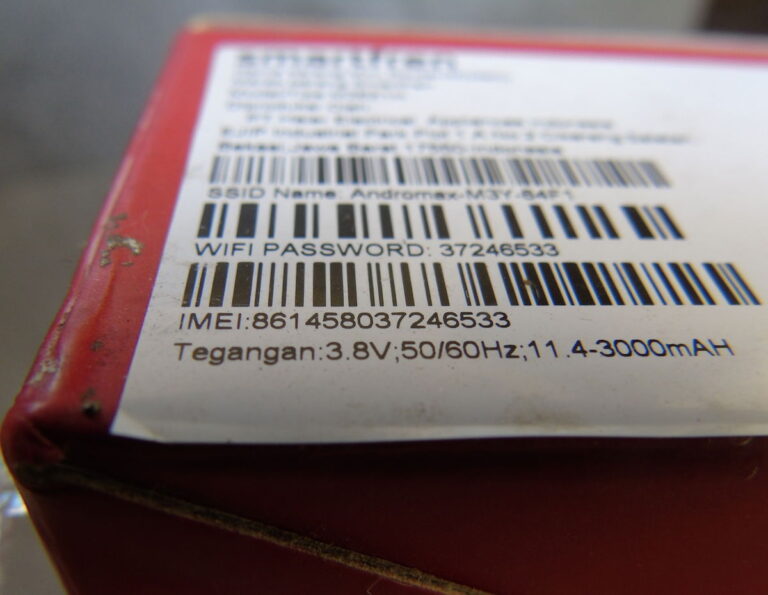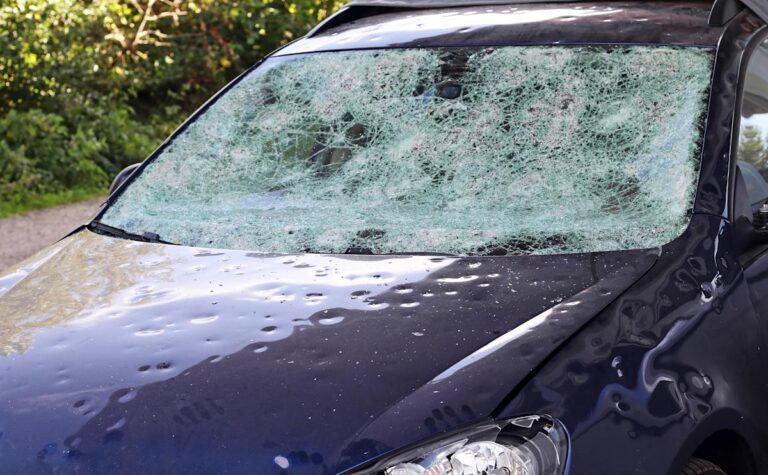
Android smartphones in Europe will soon benefit from new EU rules on software updates, repairs, and energy efficiency—good news for users and the planet.Credit : Alex Photo Stock, Shutterstock
If you’re an Android user in Europe, get ready. Some major changes are on the horizon that could make your next phone last longer, cost you less in repairs, and help the planet, too.
The European Union is rolling out a new set of rules, starting next summer, that will force manufacturers to rethink how they design, update, and repair your favourite gadgets. Here’s what you need to know.
How new EU rules will make your phone last longer and easier to repair
It’s no secret that the EU has been on a mission to protect consumers and the environment, from making USB-C the universal charger to pushing Apple into letting you sideload apps. Now, from June 2025, the new Energy Labelling and Ecodesign Regulation is turning its attention to how long your smartphone or tablet should last—and what manufacturers must do to keep them running.
Here are the highlights:
- Drop, Dust, and Water Resistance: All new devices must be more robust, ready to survive those inevitable fumbles and the odd rainstorm.
- Stronger Batteries: Devices will need batteries that can handle at least 800 full charges and still hold 80% of their original juice.
- Spare Parts On Demand: Manufacturers must make critical spare parts available for at least seven years after a model goes off sale, and get them to repairers within 10 working days.
- Longer Software Updates: The days of a two- or three-year update cycle are numbered—new phones and tablets will need at least five years of software and security updates from the last day the device is sold.
- Repairer-Friendly Software: No more locking out the professionals—repairers must have the same access to software tools as the manufacturers’ own teams.
What the new EU rules mean for your next Android phone purchase
Most mid-range and high-end models already tick the durability box. But the big shift will be in how long your phone stays secure and up-to-date. If you buy a phone after June 2025, you’ll be guaranteed at least five years of updates. That means your next device could easily outlive the one in your pocket today, making upgrades less urgent, and better for your wallet.
Samsung and Google are ahead of the game, with many flagship models promising seven years of updates. But under the new rules, that support period has to begin after a phone stops being sold, not when it first launches. That could push manufacturers to rethink how long they keep older models on the shelves, or to go even further with update promises.
It’s also a wake-up call for brands like Xiaomi and Honor, who typically offer just five years of updates from the launch date. They’ll either need to extend support or phase out older models sooner.
Worried about your current device? The rules only apply to new smartphones and tablets released from June 2025 onwards—so your trusty old phone won’t suddenly get extra years of updates.
Energy labels and repairability scores: What EU buyers need to know
There’s another big change coming this June, energy labels on every smartphone and tablet. Just like when you buy a fridge or a washing machine, you’ll be able to see at a glance how energy efficient your new phone is, how long the battery should last, and how easy it will be to repair if something goes wrong.
The label will include:
- An efficiency rating from A (best) to G (worst)
- Battery endurance, shown in hours and minutes per charge
- Details of how well the phone resists dust and water
- A repairability score
The aim? Not only will this help you choose a greener, longer-lasting phone, but the EU estimates it could save almost 14 terawatt-hours of energy every year by 2030.
So, what does this all mean for you? In short, you’ll have more choice, more information, and more rights when you buy your next Android phone or tablet. Devices will need to last longer, be easier to repair, and stay secure for years. And with clear energy labels, it’ll be simpler to spot which models really go the distance.
As tech companies scramble to adjust, Europe is leading the way in putting real power back in consumers’ hands, and in your next phone, that power might just last a little longer.
Stay tuned with Euro Weekly News for the latest news about Technology







